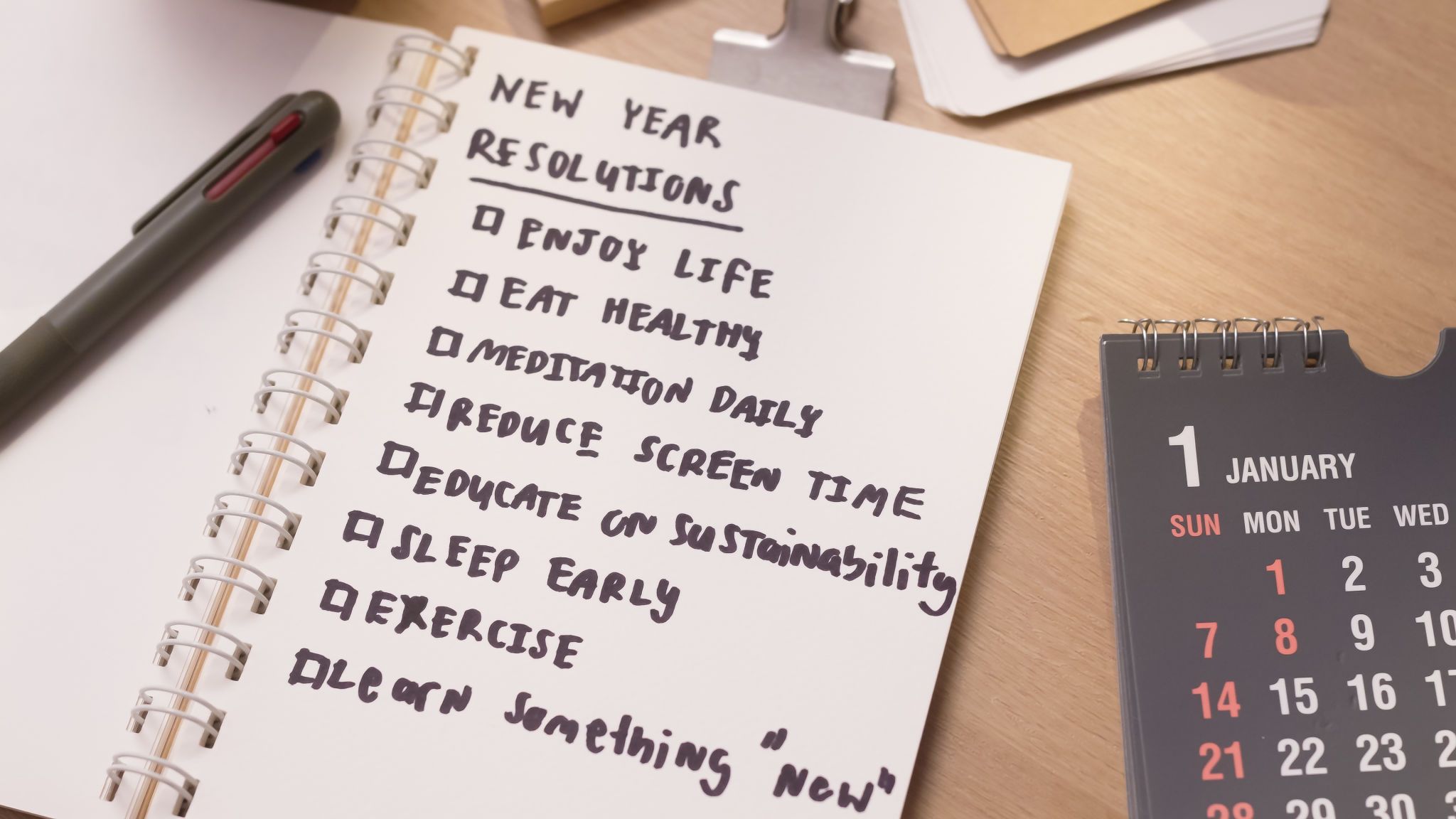DIY Fitness Plans for Beginners: Create Your Own Routine
Understanding Your Fitness Goals
Embarking on a fitness journey can be both exciting and daunting, especially for beginners. The first step in creating your own DIY fitness plan is to identify your personal fitness goals. Are you looking to lose weight, build muscle, improve endurance, or simply enhance your overall health? Understanding your objectives will guide you in designing a workout routine that suits your needs and keeps you motivated.
Once you've set clear goals, it's important to assess your current fitness level. This will help you determine the intensity and duration of your workouts. Beginners may want to start with moderate exercises and gradually increase the complexity as they progress.

Crafting Your Workout Routine
Creating a balanced workout routine is crucial for achieving your fitness goals. A well-rounded plan should include a mix of cardio, strength training, and flexibility exercises. Cardiovascular exercises like walking, jogging, or cycling improve heart health and burn calories. For beginners, starting with 20-30 minutes of cardio, three times a week is a great way to build stamina.
Strength training is essential for building muscle and boosting metabolism. Focus on exercises that target major muscle groups such as squats, lunges, and push-ups. Aim for two to three strength sessions per week, using either bodyweight exercises or light weights.
Flexibility exercises such as yoga or stretching should not be overlooked. They help prevent injuries and improve range of motion. Incorporating at least one flexibility session per week can enhance your overall fitness experience.

Tracking Your Progress
Monitoring your progress is an integral part of any fitness plan. Keeping a fitness journal or using mobile apps can help track your workouts, measure improvements, and stay accountable. Record details such as the type of exercise, duration, intensity, and how you felt during the workout.
Setting short-term milestones can also provide motivation and a sense of accomplishment. Celebrate small victories like increasing your jogging distance or lifting heavier weights. These achievements are stepping stones toward reaching your ultimate fitness goals.

Staying Motivated
Maintaining motivation can be challenging, but it's crucial for long-term success. Find activities that you enjoy and switch up your routine regularly to keep things interesting. Joining a fitness class, working out with a friend, or listening to upbeat music can make exercise more enjoyable.
Remember that consistency is key. It's important to schedule regular workout sessions and treat them as non-negotiable appointments. Prioritizing your health will reinforce the habit of exercise over time.
Nutrition and Rest
No fitness plan is complete without considering nutrition and rest. Fueling your body with a balanced diet rich in fruits, vegetables, lean proteins, and whole grains will support your workouts and recovery. Stay hydrated by drinking plenty of water throughout the day.
Equally important is allowing time for rest and recovery. Adequate sleep and rest days are essential for muscle repair and preventing burnout. Listen to your body and adjust your routine if you feel fatigued or experience any discomfort.

Conclusion
Designing a DIY fitness plan for beginners is an empowering step toward taking control of your health and wellness. By setting clear goals, crafting a balanced routine, tracking progress, staying motivated, and focusing on nutrition and rest, you can create a sustainable fitness journey tailored to your needs. Remember that every step forward is an achievement; embrace the process and enjoy the transformation.